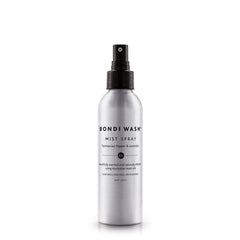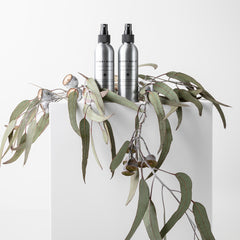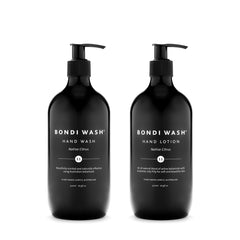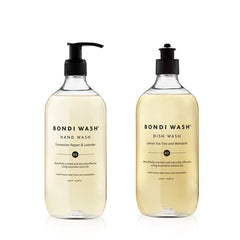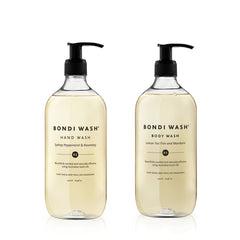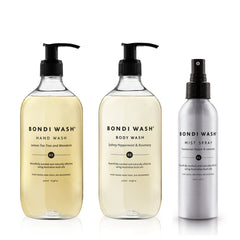Contact
What's in your hotel amenities

When travelling, a review of amenities is likely to be low on the list of exciting things to do and see. It's easy to presume that the attention to detail applied to interior design, surrounding grounds and facilities would extend to the bathroom products on offer but this isn't always the case.
During hotel stays, our founder and CEO, Belinda Everingham, always takes time to survey the amenity labels, interested to learn what ingredients are used in these everyday products.
The results may surprise you as some luxury international brands and others that suggest they are free from nasties include an array of ingredients that we choose not to use.

Sulphates
Sulphates, commonly referenced as SLS (sodium lauryl sulphate) and SLES (sodium laureth sulphate) are typically used as foaming agents in shampoos, hand wash and body wash. Usually derived from petroleum and exposed to harsh chemicals, they can lead to skin dryness, itchiness and increased susceptibility to irritation (1).
Parabens
Chemical preservatives known as parabens, are often included to extend the shelf life of a product and to prevent bacterial growth but have been linked to hormonal imbalances with potential links to breast cancer (2).

Sodium coco sulphate
Sodium coco sulphate is a blend of fatty acids from coconut oil. Don’t be fooled into thinking it’s safe. Just like SLS, it can cause skin irritations, rashes and allergic reactions.
Phenoxyethanol
Phenoxyethanol – also listed as 2-hydroxyethyl phenyl ether and 2-phenoxy-ethanol – is typically used as a stabiliser and preservative in skin creams, perfumes and soaps. This is very toxic in high doses with exposure linked to eczema and allergic reactions (3).

Synthetic Fragrance or Parfum
That alluring scent may be masking a complex mixture of harmful substances as synthetic fragrances – often listed as ‘parfum’ – have the potential to cause respiratory issues (4, 5) allergies and skin sensitivity (6). With no requirement to disclose specific ingredients used in these formulations, any number of phthalates, parabens, synthetic musks, sensitisers and harsh preservatives can contribute to adverse health effects for those who are susceptible.

PEGs
PEGs are used in personal care products such as shampoo, body wash and soap to make the ingredients softer on the skin. During their creation, products are contaminated with 1,4-dioxane - a well-known human carcinogen.
Phthalates
Phthalates are a range of chemicals typically used to help synthetic fragrance last longer. Commonly found in shampoo and other personal care products, they affect the reproductive and hormonal systems and have been linked to obesity, fertility issues, birth defects and asthma (7).

Research into these ingredients has also revealed that some of these chemicals can be detrimental to aquatic ecosystems and may not be fully removed by wastewater treatment posing risk to marine organisms and ecological imbalances (8).
Next time you travel, you may like to read the labels and see if you can spot any ingredients you may wish to avoid. A full list of the ingredients that we choose avoid for either health or environmental reasons can be found here. Ensure you don't have to use any of these ingredients by packing a selection of our travel-sized products like our Deluxe Travel Box or one of our Hair Travel Boxes.
___
1. The Journal of the American College of Toxicology 1983.
2. The Journal of Applied Toxicology 2004.
3. De Groot, A. C., & Weyland, J. W. (2016). Systemic contact dermatitis from transcutol, phenoxyethanol, and disodium laureth sulfosuccinate in cosmetic creams. Dermatitis, 27(5), 265-266.
4. The International Journal of Environmental Research and Public Health 2017.
5. The Journal of Occupational and Environmental Medicine 2016.
6. The Journal of the American Academy of Dermatology 2010.
7. Swan, S. H. (2008). Environmental phthalate exposure in relation to reproductive outcomes and other health endpoints in humans. Environmental Research, 108(2), 177-184.
Huang, L. P., Lee, C. C., & Hsu, P. C. (2017). Phthalates and male reproductive health effects: a review. Environment International, 106, 144-164.
Ferguson, K. K., McElrath, T. F., Chen, Y. H., Mukherjee, B., Meeker, J. D., & Loch-Caruso, R. (2014). Repeated measures analysis of associations between urinary phthalate metabolite concentrations and timing of pubertal onset in young girls. Journal of Clinical Endocrinology & Metabolism, 99(12), E2121-E2128.
Braun, J. M., Just, A. C., Williams, P. L., Smith, K. W., Calafat, A. M., Hauser, R., ... & Wright, R. J. (2014). Personal care product use and urinary phthalate metabolite and paraben concentrations during pregnancy among women from a fertility clinic. Journal of Exposure Science & Environmental Epidemiology, 24(5), 459-466.
8. Holten Lützhøft, H. C., Halling-Sørensen, B., Jørgensen, S. E., & Nielsen, S. N. (1999). Environmental risk assessment of the human pharmaceutical ivermectin: toxicity to aquatic organisms. Environmental Toxicology and Chemistry, 18(10), 2801-2806.
 AU
AU  Europe
Europe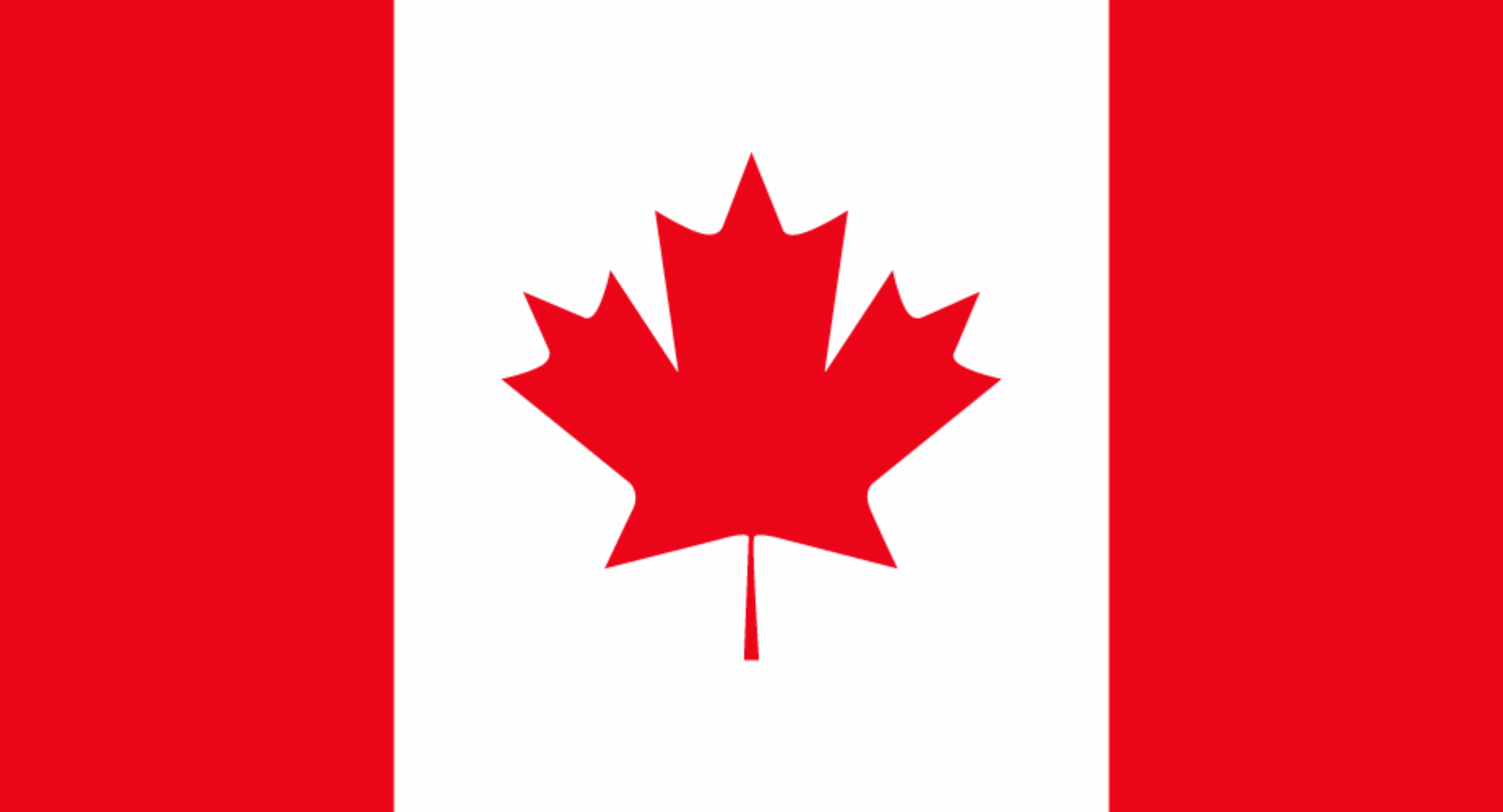 Canada
Canada Switzerland
Switzerland Japan
Japan China
China





